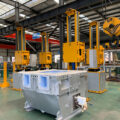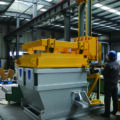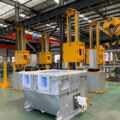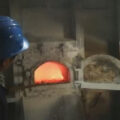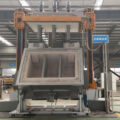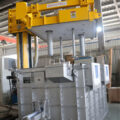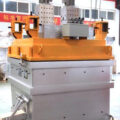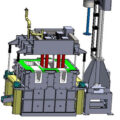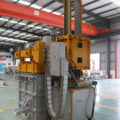Online Metal Degassing Systems are used in molten aluminum refining to remove gas, and in-line degassing systems typically include the use of rotating rotors to inject inert gas. Rotor devices typically introduce an inert gas into the molten metal through a number of bubbles that the rotor can shear and disperse into the molten metal in order to saturate the molten metal with the inert gas. In Online Metal Degassing Systems that do not use a stator, the gas can be injected through the center of the rotating rotor shaft. In many applications, however, the use of a stator is preferred for technical and other reasons.
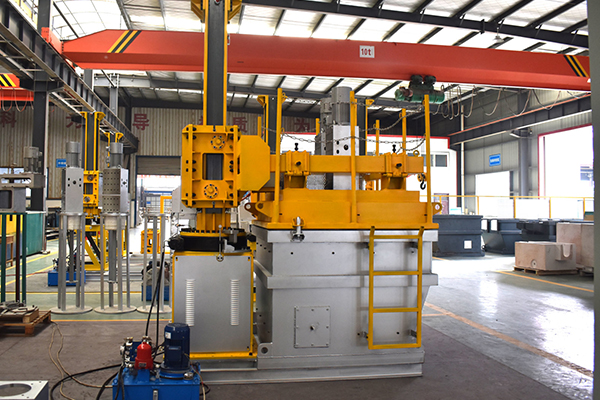
An inert gas is usually introduced into the molten metal near the bottom, and the bubbles are dispersed and allowed to rise to the surface of the melt, desorbing dissolved hydrogen in the process. Adding a small amount of chlorine can help break the bond between the molten aluminum and the inclusions, so that the inclusions are more likely to adhere to the rising part of the bubbles and be floated to the melt surface of the molten aluminum. Additional amounts of chlorine can be added to the inert gas to chemically react with incoming alkali metals such as sodium, lithium, calcium to form chloride salts that also float to the surface of the molten aluminum.
Often, inclusions, solid salts and other materials floating to the surface of the melt form so-called dross, which can then be skimmed off the surface and removed as waste.
It is often desirable to maximize the saturation of molten aluminum with small bubbles and maintain a flat or calm melt surface to better facilitate the flotation of inclusions and salts captured at the melt surface. Achieving these goals often results in better separation of molten aluminum from dross. There are many factors that affect the efficiency of these degassing systems, such as the design of the rotor, the gas flow rate, the flatness of the molten aluminum melt surface, the geometry of the vessel chamber, etc.
Some prior art injectors strive to achieve the desired saturation level using a rotating rotor within a static stator, which is integrally connected to the nozzle portion. The rotating rotor can be used to shear and help disperse the air bubbles and any additives into the molten aluminum. In order to keep the melt surface relatively stationary, it is also desirable to avoid eddy current effects from rotor rotation. Eddy current effects tend to cause surface damage, partial mixing of material in the dross with molten aluminum, and often interfere with the removal of unwanted gases and inclusions.


